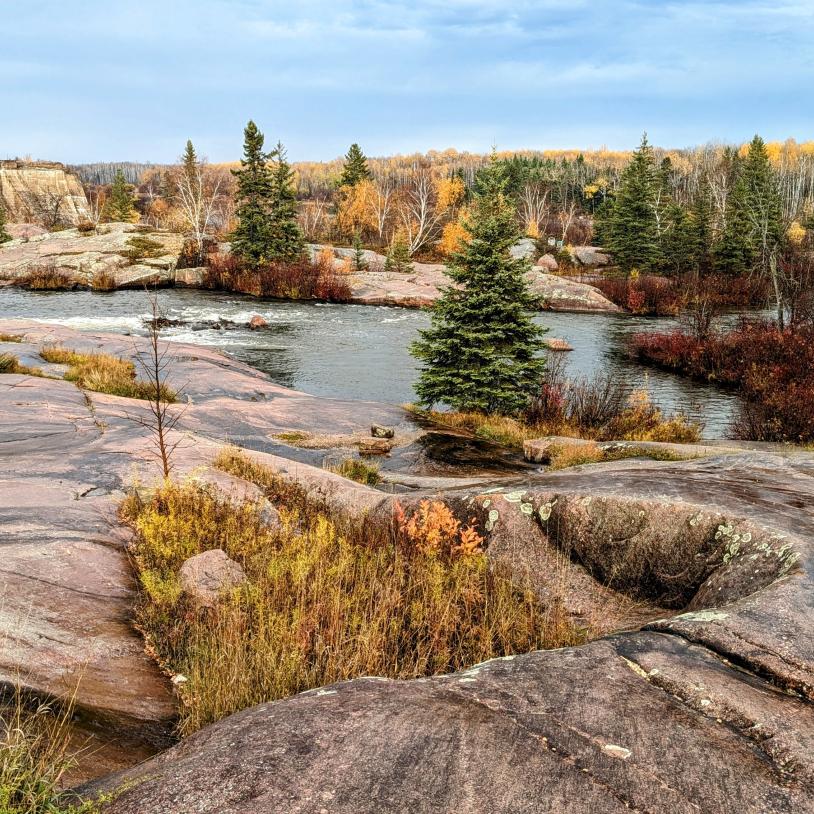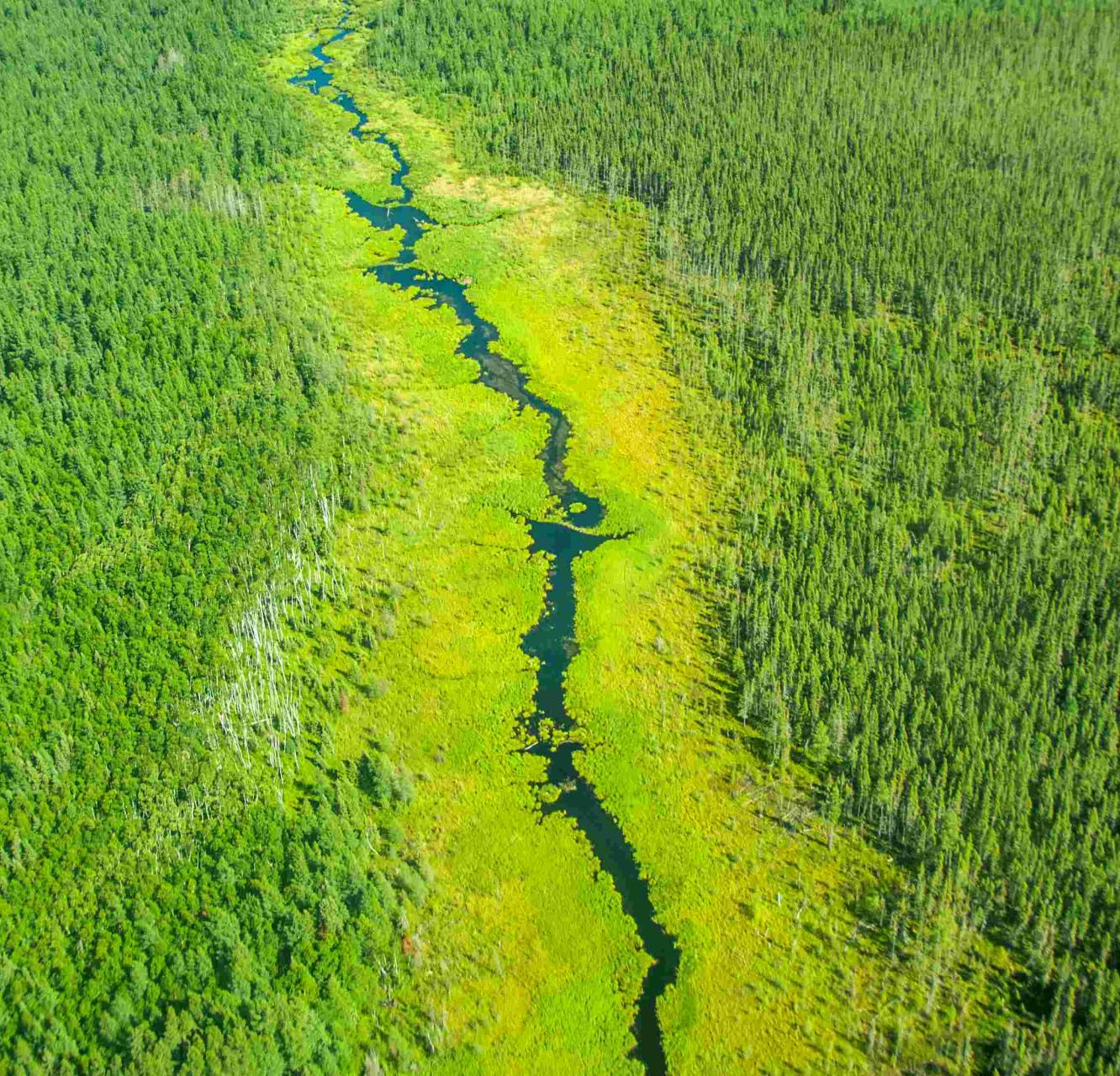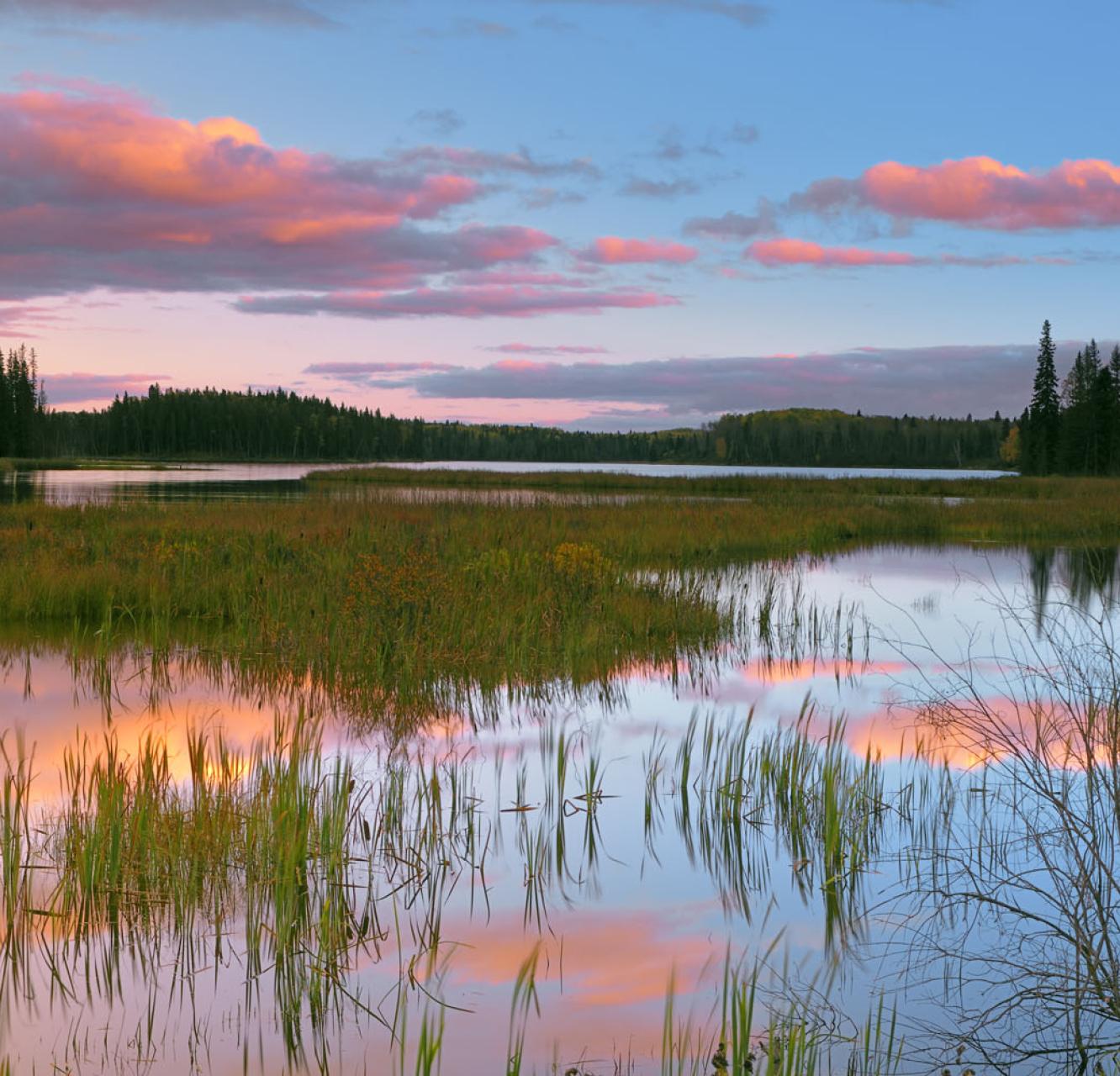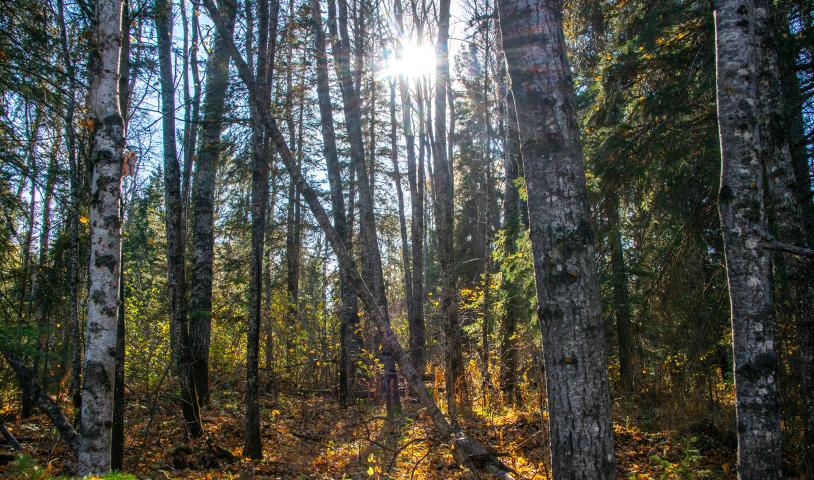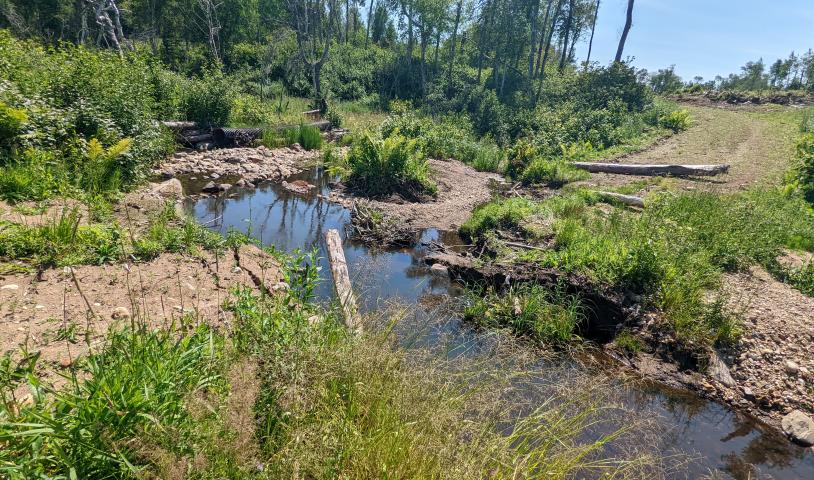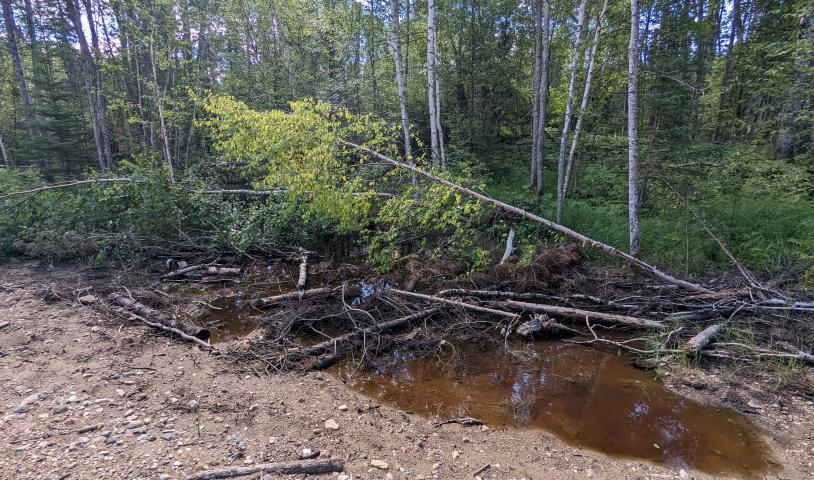Peat Mine Would Devastate Boreal Bog, Says Biologist
Tuesday, February 28, 2012Conservation biologist Heather Hinam took CBC News deep into a Manitoba boreal bog on Tuesday to explain why this unique ecosystem should not be bulldozed for a proposed peat mine.
"Everything you see around you here would have to be cut down, first off," said Hinam, who lives near the Hay Point bog, located inside Hecla-Grindstone Provincial Park north of Gimli, Man.
Hinam is among a growing number of cottagers, residents, First Nations and environmentalists who oppose the proposed peat mine.
Hinam said if the bog is flattened for a mine, it would release untold tonnes of greenhouse gases, since peat stores massive amounts of centuries-old carbon.
As well, the bog would no longer provide a key environmental benefit: preventing harmful algae blooms on Lake Winnipeg, she added.
"What these [peat mosses] need to grow are the nutrients that end up in Lake Winnipeg. So the phosphate, the nitrogen, get sucked up into these plants and they store it," she explained.
"And this isn't very far from the lake," she added.
Industry is environmentally responsible, says group
Sun Gro Horticulture, headquarted in Vancouver, is the largest producer of peat moss in North America, and is seeking an environmental licence to operate a peat mine in the area. It has hired a Winnipeg engineering firm, KGS Group, to make the application.
Sun Gro declined to comment on Tuesday. However, the association that represents peat moss developers in Canada says the industry is environmentally responsible.
"Our policy is to restore peat lands after we finish harvesting them," said Paul Short of the Canadian Sphagnum Peat Moss Association, based in Edmonton.
The industry group says it has been working with researchers at Laval University in Quebec for more than a decade to ensure harvested bogs are rehabilitated.
"We can bring these ecosystems back within human lifetimes. The science is there," said Short.
But Hinam, who has a PhD in conservation biology, disputes the association's claim.
"Sure, you might talk about re-claiming it, but it will never be a bog again," she said. "You might get a wetland, you might get a marsh, but it won't be a bog."
Hinam added that the project area is home to rare orchids and even a carnivorous plant species that eats insects.
Liberals, Greens oppose project
Manitoba's Liberal and Green parties held a joint press conference on Tuesday to oppose the peat project.
"We believe it's a big mistake to be mining peat in provincial parks," said Liberal Leader Jon Gerrard.
Gaile Whelan Enns, director of the conservation group Manitoba Wildlands, said the project breaks the spirit of the Save Lake Winnipeg Act, which imposes a moratorium on peat mining.
"The NDP moratorium is, in fact, not a moratorium, as there are more than 200 pending and granted peat leases in Manitoba right now," Whelan Enns said in a statement.
Manitoba Finance Minister Stan Struthers said Sun Gro already had a lease for a peat mine before the moratorium was put in place.
Peguis First Nation Chief Glenn Hudson said he is concerned the peat mining project would harm moose habitat, which he believes would affect declining moose numbers.
Area cottager Vicki Burns said some property owners worry that the mine would ruin local roads.
Burns is hosting a meeting on Wednesday evening for property owners who oppose the mining proposal. It will be held at the Robert A. Steen Community Club in Winnipeg.
